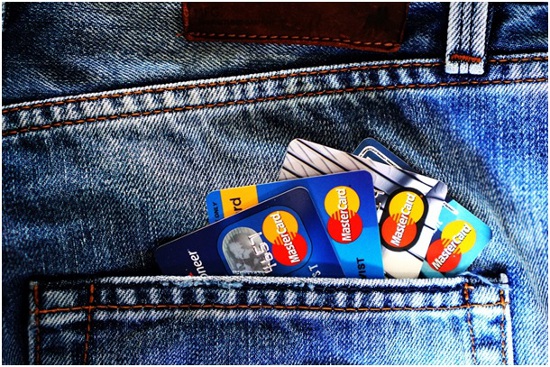A credit card CVV number is a 3-digit or 4-digit security code which is generally mentioned on the back side of your card. CVV stands for Card Verification Value. While CVV is the standard term used predominantly by vendors, there are other terms which different card associations have instituted.


- MasterCard refers to it as a Card Verification Code (CVC) and a Card Validation Code (CVC2).
- Visa defines it as Card Verification Value 2 (CVV2).
- Discover uses the terms Card Verification Data (CVD) and Card Identification Number (CID).
- American Express has instituted the terms CID and Card Security Code (CSC).
This security code is an essential element which defines the legitimacy of the card user in case of transactions or purchases to the respective card association. It adds another level of security to a card and ensures the validity of a card when making CNP or card-not-present transactions.
Where to find the CVV number on a credit card?
Depending on the card association, the placement of such code varies.
Cards such as Visa, MasterCard, and Discover provide the CVV code at the back of the card. It is placed beside the signature strip.
Amex cards or American Express cards come with the CVV code at the front of the card. It is the 4-digit number which is placed above such a card number.
Why is CVV necessary?
At the wake of online frauds involving credit and debit cards back in the 90s, the concept of what is CVV was introduced. Michael Stone introduced it to mitigate online frauds and add an extra level of security to debit and credit cards.
The concept gradually caught on, and various card associations adopted it into their cards. It started with MasterCard and was followed by American Express and Visa chronologically.
As mentioned earlier, the CVV is used to verify a card’s legitimacy during CNP transactions. In some cases, merchants ask for the code even during card-present transactions, i.e. at POS terminals.
It is an essential measure, especially in India, which remains one of the leading countries in adopting online payments. Mobile payments have gained considerable acceptance in India over the past few years, with a large portion of such users belonging to the age group of 18 – 26 years. For instance, payments for credit card bills are predominantly made online. Facilities such as net banking have facilitated such convenience in bill payments. There are other ways as well through which you can repay your credit card debt, such as through NACH facility.
With a rise in the number of users in India who prefer digital and mobile payments, there have been a growing number of online frauds as well. As per data resourced from FIS’s report, online frauds in India have increased from 18% – 37% from FY 18 to FY 19.
On that account, it is crucial to card issuers as well as cardholders to instate extensive security options in both credit and debit cards to prevent such fraudsters. As such, CVV is quintessential. Vendors and card issuers alike are prohibited to store CVV numbers of cards by the Per Payment Card Industry Data Security Standards (PPCI DSS).
As only individuals who hold the card in possession can access the number, it ascertains that fraudsters cannot utilise other card details to execute unauthorised transactions.
There are certain feature-rich credit cards such as the Bajaj Finserv RBL Bank SuperCard which comes with added security. These involve a liability cover to financially compensate for losses which occur due to frauds.
CVV and OTP
While CVV protects against cyber-crimes such as phishing, it does not ensure security on account of loss or theft of a card. Henceforth, the system of a one-time password was instituted. It ensures that a transaction is carried out by the legitimate cardholder.
However, CVV does not ensure security against all types of possible frauds. You should learn about the different types of credit card frauds and how to avoid them to keep your finances secure from cyber-crime.
You can opt for cards that come with robust security features such as the Bajaj Finserv RBL SuperCard to ensure additional security. You can apply for a Bajaj Finserv RBL Bank credit card online.
Regardless, you should be duly be careful while handling your credit card to ensure the CVV number does not fall into the wrong hands.









